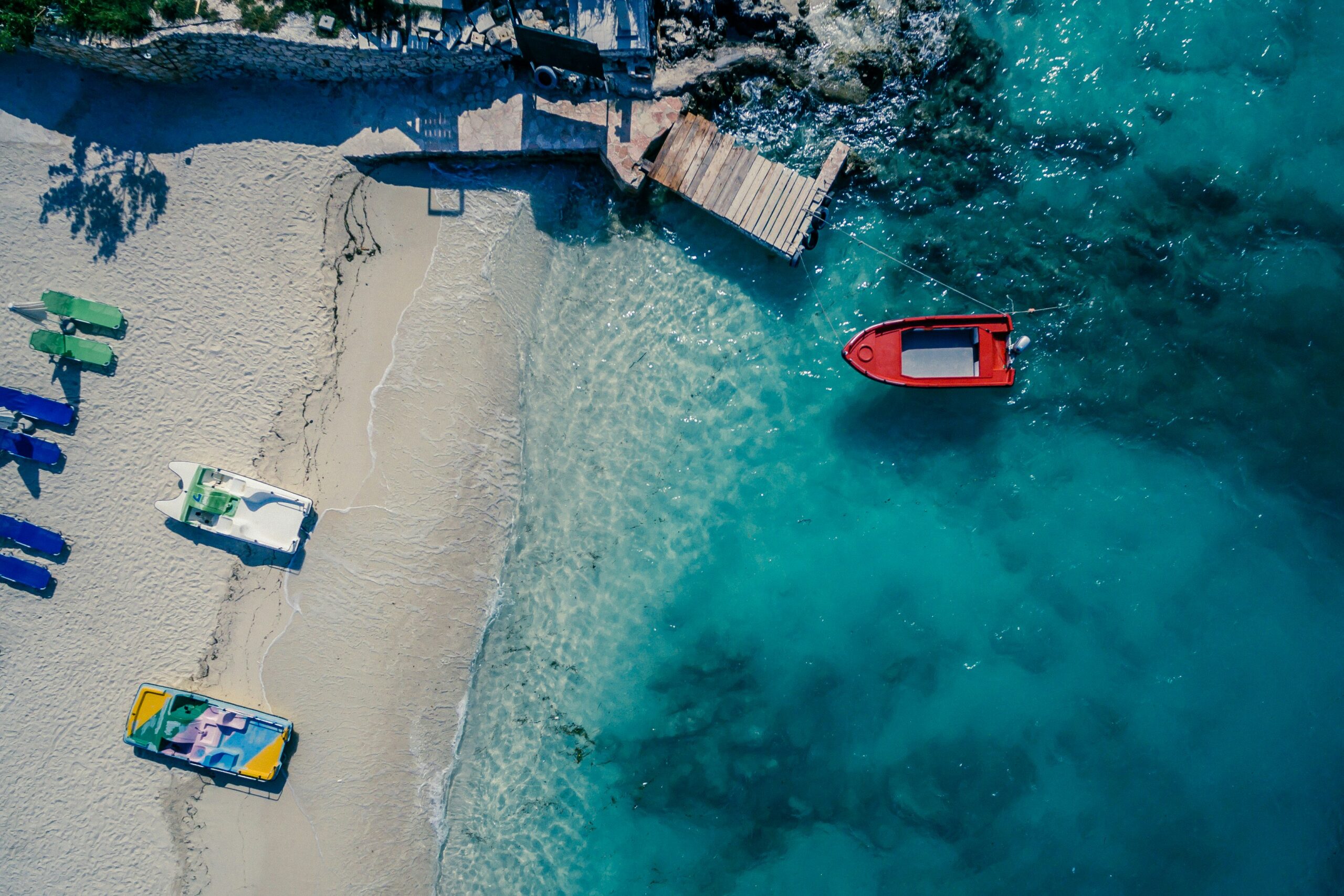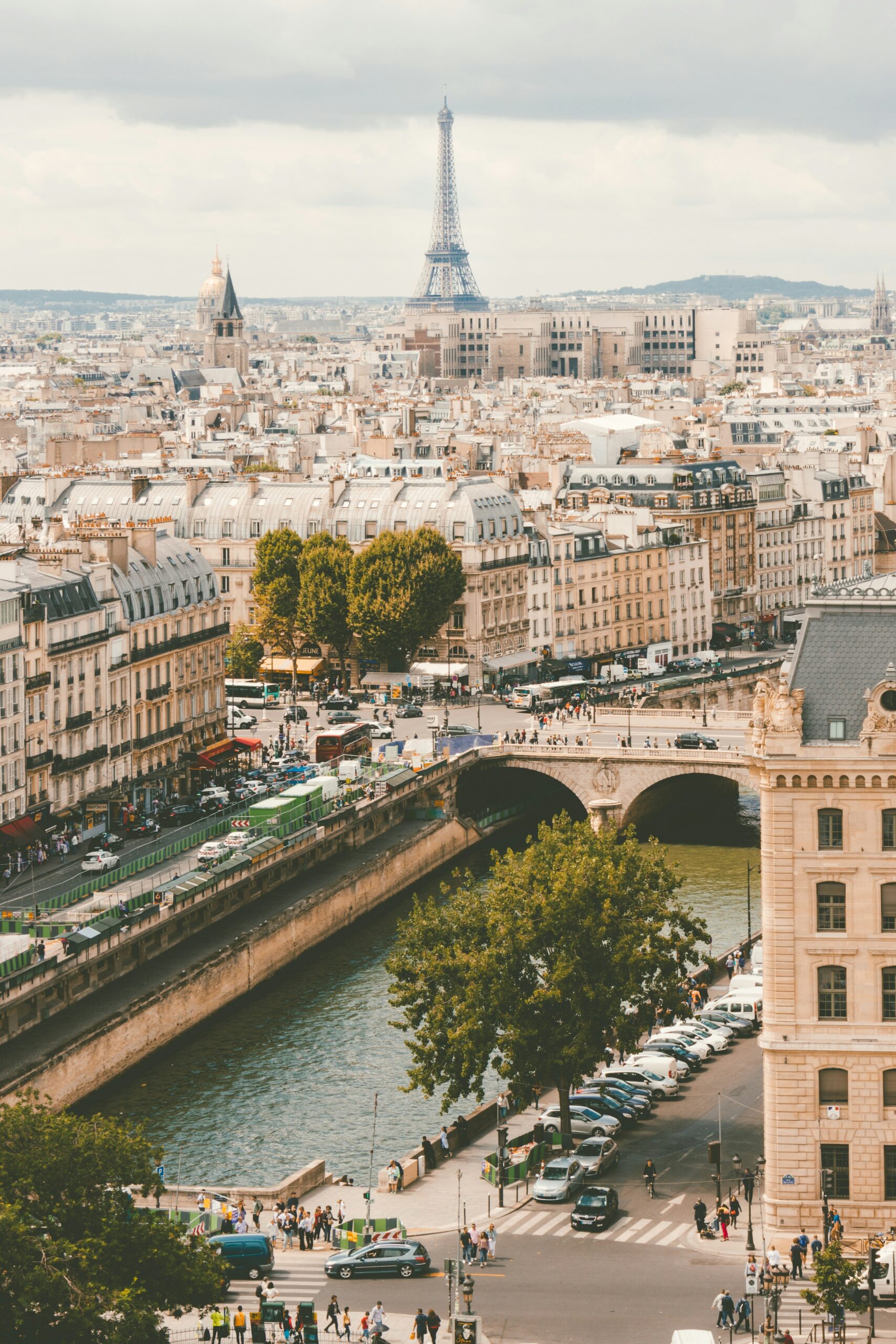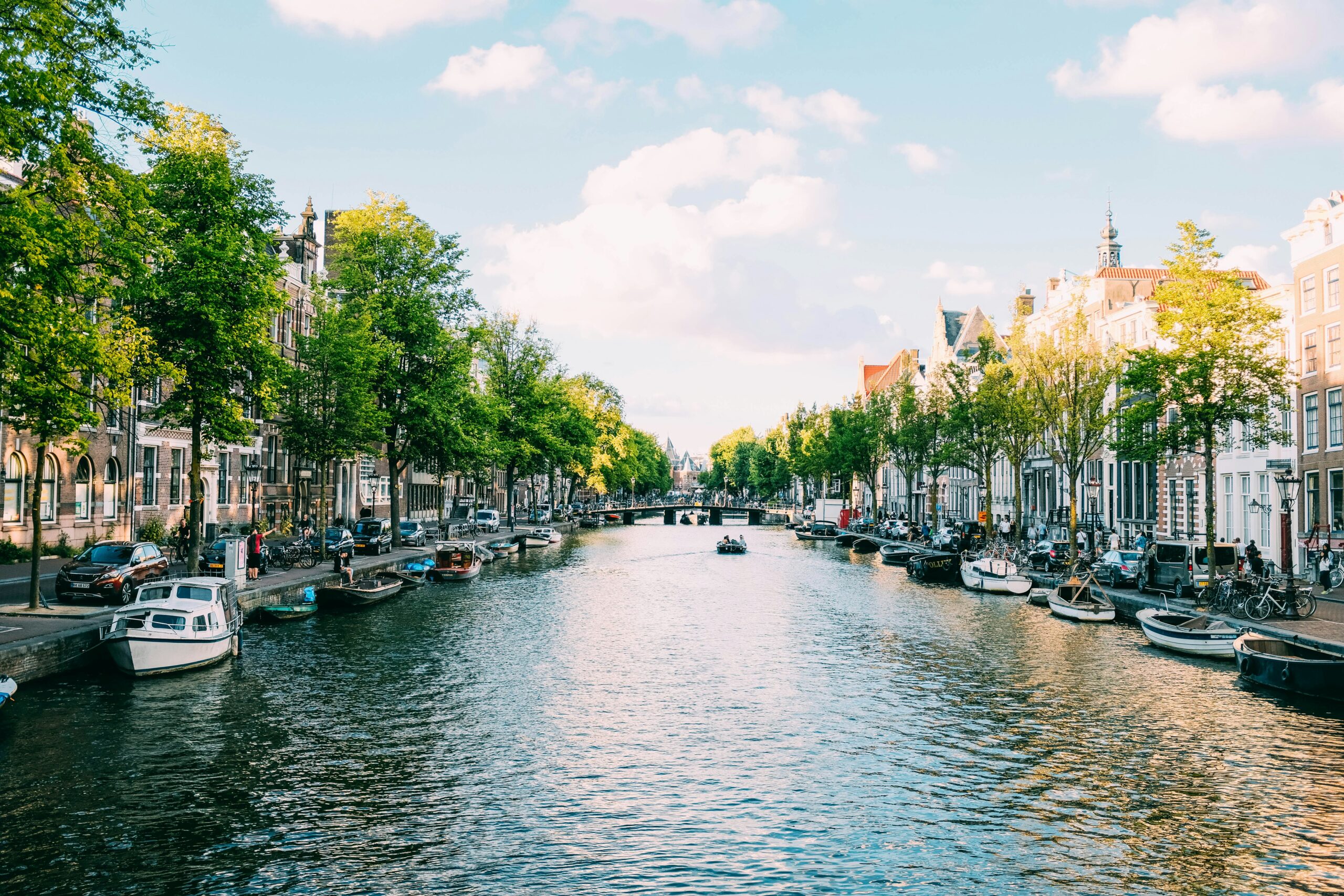Introduction
Croatia and Albania, two countries located in the southeastern part of Europe, have a rich historical and cultural heritage that captivates many. Croatia, nestled along the Adriatic Sea, boasts stunning coastlines and a diverse landscape that ranges from idyllic beaches to rugged mountains. Its population, approximately 4 million, primarily resides in urban areas like Zagreb, Split, and Rijeka. Historically, Croatia has seen influences from the Roman, Ottoman, and Austro-Hungarian empires, each leaving a distinct mark on its culture and architecture.
Albania, situated just across the Adriatic and Ionian Seas from Italy, is similarly characterized by its picturesque landscapes and significant historical sites. With a population of around 2.8 million, the country is known for its vibrant cities such as Tirana, Durrës, and Shkodër. Albania’s history is equally rich, with influences from the Illyrians, Greeks, Romans, Byzantines, and Ottomans shaping its unique cultural mosaic.
Comparing Croatia and Albania offers valuable insights into their respective cultural, historical, and geographical attributes. This blog post aims to provide a comprehensive juxtaposition of these two fascinating nations. Readers can expect to learn about the key differences and similarities between Croatia and Albania in various aspects such as tourism, cuisine, traditions, and modern-day living. This comparison not only highlights the distinct identities of each country but also underscores their shared regional characteristics, offering a deeper understanding of southeastern Europe’s cultural tapestry.
Geographical Features
Croatia and Albania, both nestled in the southeastern region of Europe, exhibit distinct geographical landscapes that offer unique natural allure. Croatia’s coastline stretches for approximately 5,835 kilometers, gracing the Adriatic Sea with its indented shores and over a thousand islands. The Dalmatian coast, known for its clear, turquoise waters and limestone cliffs, is particularly renowned. In contrast, Albania’s coastline, though shorter at around 450 kilometers, presents a diverse range of beaches from the sandy stretches of the Ionian Sea to the pebbly shores of the Adriatic.
Mountains play a significant role in the topography of both nations. Croatia’s Dinaric Alps extend along the coast, providing dramatic landscapes and sheltering numerous national parks such as Plitvice Lakes, known for its cascading waterfalls. The highest peak, Dinara, stands at 1,831 meters. Albania, often dubbed the “Land of the Eagles,” is dominated by the Albanian Alps in the north and the Pindus range in the south. Mount Korab, the highest peak, reaches an elevation of 2,764 meters, offering breathtaking vistas and challenging trails for hikers.
Rivers also define the geographical characteristics of these countries. The Sava and Drava rivers cross Croatia, feeding into the Danube and creating fertile floodplains and wetlands. Albania’s Vjosë River is one of Europe’s last wild rivers, flowing untamed from the Pindus mountains to the Adriatic Sea, supporting rare biodiversity and pristine ecosystems.
The climate in Croatia varies from Mediterranean along the coast to continental inland, leading to hot, dry summers and cold winters. Albania enjoys a Mediterranean climate along its coastal regions, with more continental influences inland. This variation results in diverse flora and fauna, making both countries rich in natural beauty.
Unique natural features set each country apart. Croatia boasts the karst topography of the Istrian Peninsula and the blue caves of Biševo Island, while Albania is home to the Blue Eye Spring, a mesmerizing natural phenomenon where crystal-clear water emerges from an underground source.
Cultural Heritage
Croatia and Albania, two countries situated along the Adriatic coast, boast rich cultural heritages that are deeply rooted in their history and traditions. Language serves as a cornerstone of cultural identity in both nations. Croatian, a South Slavic language, is the official language of Croatia, while Albanian, one of the oldest languages in Europe, is spoken in Albania. Both languages have evolved through centuries, integrating influences from various civilizations that have passed through these lands.
Traditions in Croatia and Albania are vividly displayed through their numerous festivals and customs. Croatia is renowned for its folk music and dance traditions, such as the Linđo dance, which is a staple in Dalmatian culture. The country hosts several festivals like the Dubrovnik Summer Festival, which showcases a blend of theatrical, musical, and cultural performances. On the other hand, Albania celebrates its cultural heritage through festivals such as the Albanian Folk Festival in Gjirokastër, which highlights the nation’s folk music, dance, and traditional costumes.
Historical monuments and landmarks in both countries reflect their rich past. Croatia is home to a plethora of UNESCO World Heritage sites, including the historic city of Dubrovnik, known for its stunning medieval architecture, and the Plitvice Lakes National Park, famous for its cascading lakes and waterfalls. Similarly, Albania boasts significant cultural landmarks like the ancient city of Butrint, a UNESCO World Heritage site that offers a glimpse into the country’s Greek, Roman, Byzantine, and Ottoman history. The city of Berat, also a UNESCO site, is known for its well-preserved Ottoman architecture.
Both Croatia and Albania have made considerable efforts to preserve their cultural heritage, ensuring that future generations can appreciate and learn from their rich histories. These countries continue to celebrate their unique cultural identities through language, traditions, festivals, and historical monuments, contributing to the diverse cultural tapestry of the Adriatic region.
Economic Overview
Croatia and Albania, situated in Southeast Europe, present distinct economic landscapes shaped by their unique historical and political contexts. Croatia, a member of the European Union since 2013, boasts a more diversified and developed economy compared to Albania, which is an EU candidate country. Both nations have demonstrated resilience and growth, yet they face different challenges and opportunities.
In terms of Gross Domestic Product (GDP), Croatia’s economy is significantly larger, with a GDP of approximately $65 billion. The service sector, particularly tourism, plays a crucial role in Croatia’s economy, contributing around 20% to its GDP. The industrial sector, including shipbuilding and pharmaceuticals, and agriculture also hold notable positions. Croatia’s major exports include machinery, transport equipment, and chemicals, while it imports machinery, chemicals, and fuels.
Albania, with a GDP of around $15 billion, has a smaller but steadily growing economy. The agricultural sector employs a significant portion of the population, with key products such as fruits, vegetables, and livestock. The service sector, including tourism and financial services, is expanding, contributing to economic diversification. Albania’s primary exports are textiles, footwear, and oil, while its imports consist of machinery, foodstuffs, and minerals.
Employment rates reflect the economic disparities between the two countries. Croatia’s unemployment rate stands at approximately 7%, while Albania struggles with a higher rate of around 11%. Both nations are working to reduce unemployment through various economic reforms and initiatives aimed at fostering business growth and foreign investment.
Recent economic developments highlight the dynamic nature of these economies. Croatia’s integration into the EU has facilitated access to various funding opportunities, bolstering infrastructure development and economic stability. Conversely, Albania is focusing on structural reforms to enhance its business environment, aiming for EU accession. Both countries face challenges such as political instability, corruption, and the need for further economic diversification.
In summary, while Croatia enjoys a more advanced and stable economy, Albania is making significant strides towards growth and development. Understanding these economic landscapes is crucial for comprehending the broader comparison between Croatia and Albania.
Tourism and Travel
Croatia and Albania, both situated along the beautiful Adriatic coast, offer distinct yet equally captivating experiences for travelers. Croatia, renowned for its picturesque coastline and historic cities, boasts popular destinations such as Dubrovnik, Split, and the stunning Plitvice Lakes National Park. Dubrovnik, often referred to as the “Pearl of the Adriatic,” is famous for its medieval walls and vibrant old town, which has gained additional fame from being a filming location for the “Game of Thrones” series. Split, home to the ancient Diocletian’s Palace, combines rich history with modern amenities, making it a must-visit.
In contrast, Albania, often considered a hidden gem, offers a more off-the-beaten-path experience. The Albanian Riviera, with its crystal-clear waters and unspoiled beaches, is a paradise for sun-seekers and adventure enthusiasts alike. Key destinations include the ancient city of Berat, known as the “City of a Thousand Windows,” and Gjirokastër, a UNESCO World Heritage site famous for its well-preserved Ottoman architecture. The capital, Tirana, is also gaining popularity with its vibrant cultural scene and eclectic mix of modern and historic attractions.
When it comes to travel infrastructure, Croatia is relatively well-developed, with an extensive network of roads, ferries, and airports that facilitate easy movement between cities and islands. Croatia is part of the European Union, meaning travelers from many countries can enter visa-free for short stays. In contrast, Albania’s travel infrastructure is still developing but improving rapidly. Major cities are connected by a growing network of buses and regional flights. Visa requirements for Albania are generally lenient, with many nationalities enjoying visa-free entry or visas on arrival for short stays.
Both countries offer unique experiences that cater to diverse interests. Croatia’s well-established tourism sector provides a seamless travel experience with a blend of natural beauty and historical richness. Albania, on the other hand, offers an adventure into lesser-known territories, where authentic experiences and breathtaking landscapes await. Whether you seek the bustling, historic streets of Dubrovnik or the tranquil, hidden beaches of the Albanian Riviera, both Croatia and Albania promise unforgettable journeys.
Cuisine and Culinary Traditions
The culinary traditions of Croatia and Albania are rich and diverse, reflecting their unique histories and geographical influences. Croatian cuisine is a complex tapestry woven from the country’s varied landscapes and the culinary practices of its neighbors. Coastal regions, such as Dalmatia, are known for their Mediterranean flavors, featuring fresh seafood, olive oil, and aromatic herbs. Popular dishes include black risotto (a squid ink dish), pasticada (a marinated beef stew), and peka (meat or seafood cooked under a bell-like dome). Additionally, Croatia’s wine-making tradition is centuries old, with notable varieties like Plavac Mali and Malvazija originating from the coastal regions.
Inland areas of Croatia showcase a different culinary profile, influenced by Hungarian, Austrian, and Turkish cuisines. Here, hearty dishes such as štrukli (a type of pastry), kulen (spicy sausage), and various goulashes are prevalent. Dairy products, particularly cheese, also play a significant role in the inland diet.
Albanian cuisine, on the other hand, is a delightful blend of Mediterranean and Balkan influences, characterized by its emphasis on fresh and locally-sourced ingredients. Commonly enjoyed dishes include byrek (a flaky pastry filled with cheese, meat, or spinach), tavë kosi (a lamb and rice casserole with yogurt), and fërgesë (a dish made with peppers, tomatoes, and cottage cheese). Seafood is a staple in coastal areas, with grilled fish and calamari frequently appearing on menus.
Albania is also known for its rich tradition of making rakia, a strong fruit brandy, and its burgeoning wine industry, which produces indigenous varieties like Shesh i Bardhë and Shesh i Zi. The influence of Italian and Greek cuisines is evident, especially in urban centers and coastal towns, where pasta, pizza, and other Mediterranean dishes are popular.
Both Croatia and Albania celebrate their culinary heritage through numerous food festivals and regional specialties, making them fascinating destinations for food enthusiasts. Whether savoring the diverse seafood offerings of Croatia’s coastline or indulging in Albania’s hearty inland dishes, visitors are sure to find a culinary experience that is both memorable and delicious.
Political Landscape
The political landscape of Croatia and Albania presents an intriguing mix of historical legacies, governance structures, and evolving democratic practices. Both nations have undergone significant transformations in their political systems over the past few decades, reflecting broader regional changes in Southeast Europe.
Croatia operates as a parliamentary representative democratic republic, where the President serves as the head of state, while the Prime Minister is the head of government. The Croatian Parliament, known as the Sabor, is a unicameral legislative body. Major political parties include the Croatian Democratic Union (HDZ) and the Social Democratic Party (SDP). The HDZ has been a dominant force in Croatian politics, often alternating power with the SDP. Recent elections have seen a rise in smaller, centrist parties, which indicates a shift towards a more fragmented and dynamic political arena. Significant political events include Croatia’s accession to the European Union in 2013, which has influenced its domestic and foreign policies.
Albania, on the other hand, is a unitary parliamentary constitutional republic. The President of Albania is largely a ceremonial figure, with real executive power vested in the Prime Minister and the Parliament, known as the Kuvendi. Key political parties are the Socialist Party of Albania (PS) and the Democratic Party of Albania (PD). The political climate in Albania has often been marked by intense rivalry between these parties, leading to occasional political instability. Recent elections have underscored the deep divisions within Albanian society, but also highlighted the nation’s progress towards consolidating its democratic institutions. Albania’s candidacy for European Union membership remains a pivotal issue, influencing much of its political discourse and reform agenda.
Both Croatia and Albania face ongoing challenges in governance, including corruption and the need for administrative reforms. However, their commitment to democratic principles and EU integration provides a common thread that shapes their political landscapes. Understanding the nuances of their political systems and current events is crucial for grasping the broader socio-political dynamics at play in these two Balkan nations.
Future Prospects
The future prospects for Croatia and Albania present a fascinating landscape of opportunities and challenges. Both nations are poised for significant economic growth, underpinned by their strategic positions in the Balkans and ongoing efforts to enhance political stability and cultural development.
In terms of economic growth, Croatia has made substantial strides since joining the European Union in 2013. The country continues to attract foreign investments, particularly in the tourism sector, which remains a key driver of economic activity. Recent infrastructure projects, such as the construction of the Pelješac Bridge, are set to improve connectivity and further stimulate economic progress. Additionally, Croatia’s focus on digital transformation and green energy initiatives positions it well for future economic expansion.
Albania, on the other hand, is experiencing rapid economic development, with GDP growth rates consistently outperforming regional averages. The country’s strategic location along the Adriatic and Ionian Seas makes it an attractive hub for trade and logistics. Albania is also investing heavily in renewable energy projects, which are expected to significantly boost its economic outlook. The upcoming Trans Adriatic Pipeline (TAP) project, for instance, promises to enhance energy security and create numerous job opportunities.
Political stability remains a critical factor for both countries. Croatia’s EU membership provides a framework for political stability and alignment with European standards. However, the nation must navigate internal political dynamics and regional tensions. Albania, aspiring to join the EU, is working towards meeting the necessary political and economic criteria, which includes tackling issues such as corruption and judicial reform. Successful integration into the EU would bolster Albania’s political stability and economic prospects.
Culturally, both countries are rich in heritage and are increasingly leveraging this to boost their international profiles. Croatia’s cultural festivals and historical sites continue to draw global attention, while Albania is gaining recognition for its unique cultural offerings and growing tourism sector. International collaborations in the arts and education are also helping to foster cultural development in both nations.
Despite these promising prospects, challenges remain. Croatia must address demographic issues, including an aging population and emigration of young talent. Albania faces obstacles related to infrastructure development and the need for sustained political reforms. Nevertheless, with strategic planning and international cooperation, both Croatia and Albania are well-positioned to navigate these challenges and achieve sustained growth and stability in the coming years.



